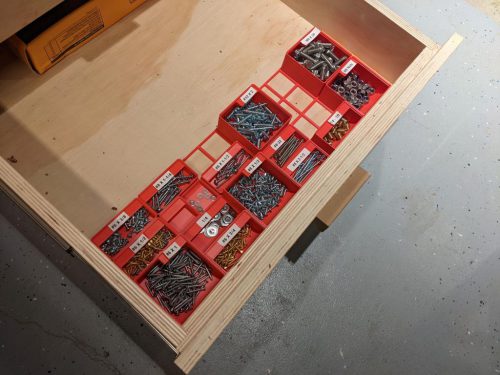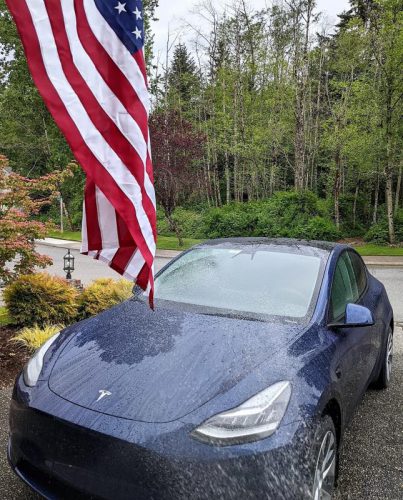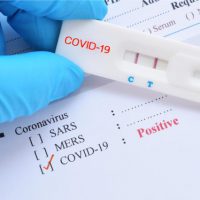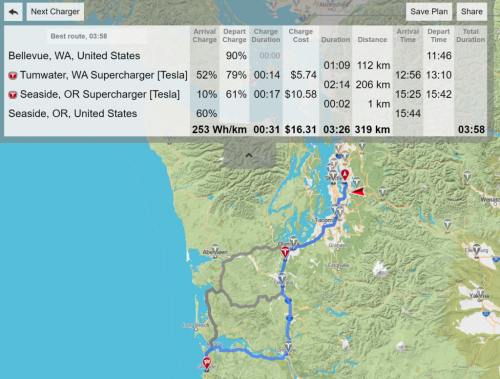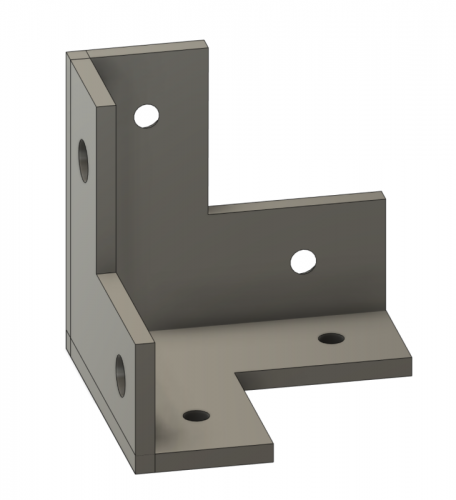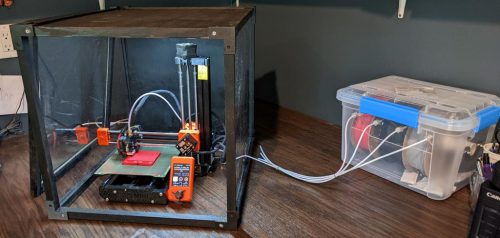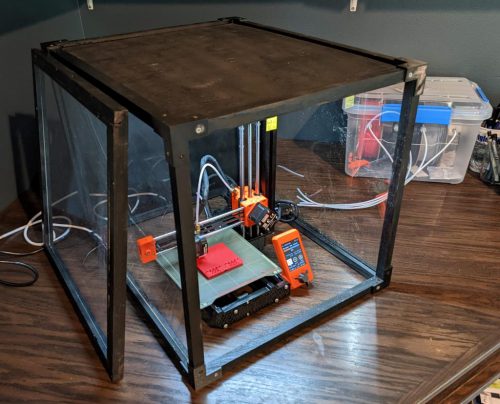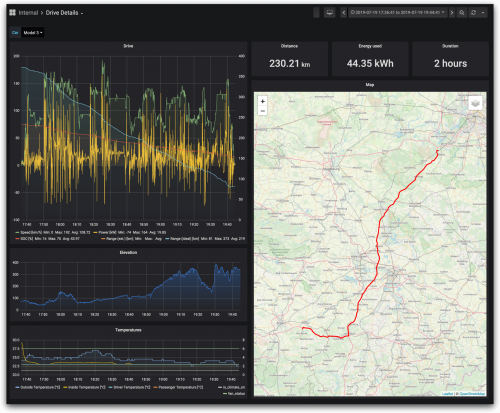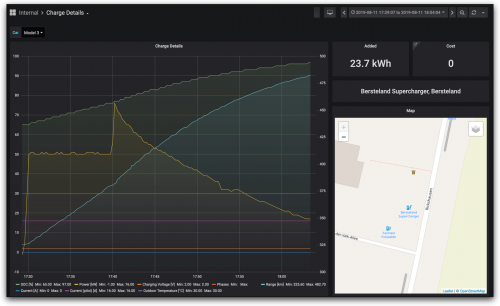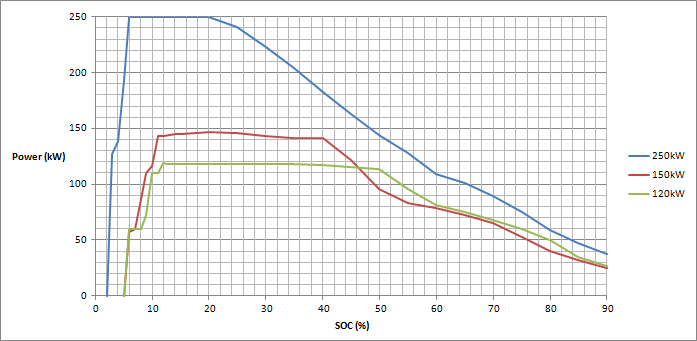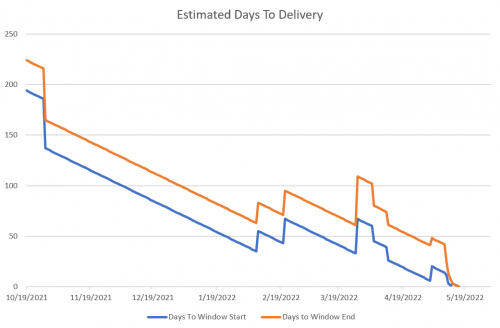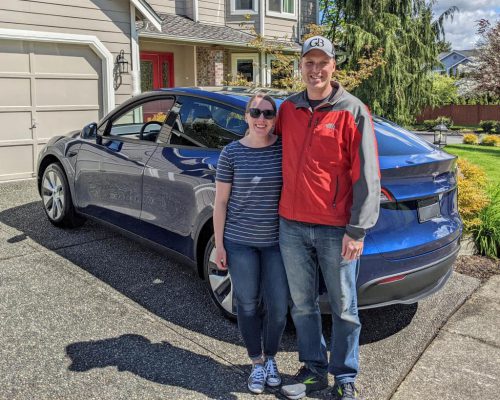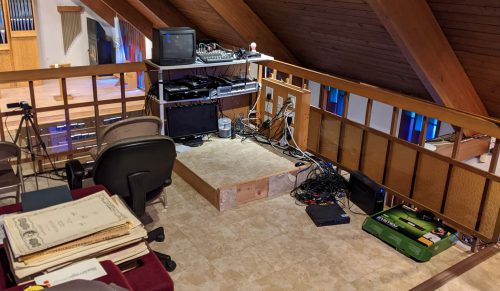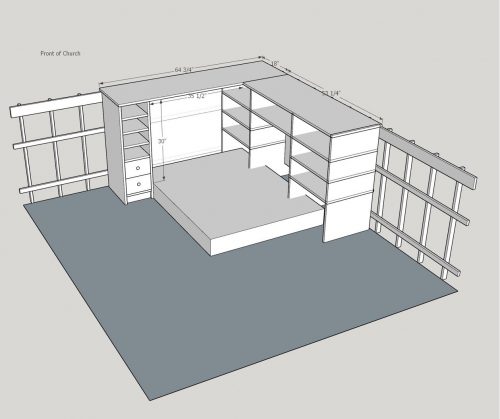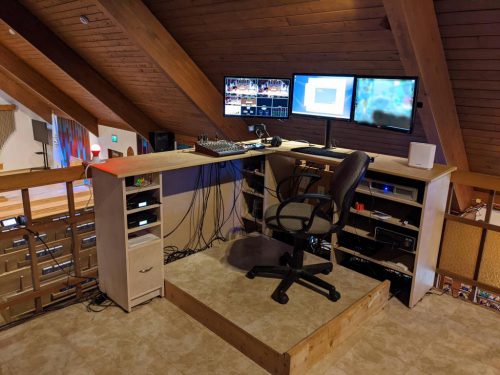Welcome to another Tesla Tuesday!
Let’s talk about price, but first let’s set some context. Car prices are increasing rapidly in the entire market. The average car price in May 2022 was $47,148 and prices are up ~15% compared to just 12 months ago. It’s not a great time to be buying a car.
Teslas are obviously more expensive than the average car, but there are a lot of misconceptions out there about how expensive they are. It’s not uncommon to hear people talk about how they don’t have $100k to spend on a car so they can’t get a Tesla. Yikes.
Tesla makes four models: S, 3, X, and Y. (Yes, that was intentional. The “Model E” trademark was owned by Ford.)

Starting on the low end, we have the Model 3. It’s the cheapest way you can get into a Tesla at $46,990. The Model Y is a crossover version of the Model 3. They share a lot of parts and styling. The Model Y starts at $65,990. The Model S is a premium luxury/sports car. It starts at $104,990 but they also offer the Plaid trim for $135,990 which gets you 0-60 in under 2 seconds. The Model X is the most expensive one, and it’s the one with the fancy gullwing doors. It takes the speed and luxury of the Model S but also gives you room for 7. $120,990 or $138,990 for the Plaid trim.
Those prices have gone up… a lot. Two years ago, you could have bought a Model Y for almost $20,000 less than today. Tesla keeps raising the prices and people keep ordering them. The wait list is still 4-12 months long depending on what trim level you buy.
I’m usually the guy who gets into a line right as it stops growing, but this time we did much better and placed our order early in that price ramp. Frustratingly it did jump $2k as we waited an extra three days to take one more test drive before putting in our order, but still, I’m glad we got in when we did.
When you look at Tesla’s website, the pricing is a little tricky to figure out because the prices they show by default are the prices with “potential savings.” They’re guessing about fuel savings, tax credits, etc. And that’s where pricing gets so complicated. When you buy a gas car, you’re just getting started on your total cost of ownership. You still need to pay for things like gas and service. When you buy an electric vehicle, you’re sort of prepaying for a lot of that total cost of ownership. The initial purchase is higher, but the long term costs are lower since electricity is much cheaper than gas and there is very little maintenance or service required on an electric car. So yes, the prices are expensive (especially now) but to truly compare your total cost, you need to think about the full lifespan of your vehicle and see how that math works out for you.
I had spreadsheets galore when I was researching all this before our order and I was confident that we’d at least break even buying an electric car versus a comparable gas car, but I’m not stopping there. I’m keeping good records to see how that plays out. I recently set up a spreadsheet that looks at how much energy I used to charge the car every night and compares it to the average price of gas at the six stations closest to me so I can estimate what I would have paid to put an equivalent amount of gas into my car. So far we’ve saved $391 over the first 1500 miles.
A couple years ago, it seemed like we were hitting he point where electric vehicles were going to get popular and prices were going to come down. Well, they got popular, but now everything is getting more expensive so prices have gone way up. Thankfully the popularity of these cars is still increasing, but for them to truly take off, we need $20-30k more models to be available (and good.)

